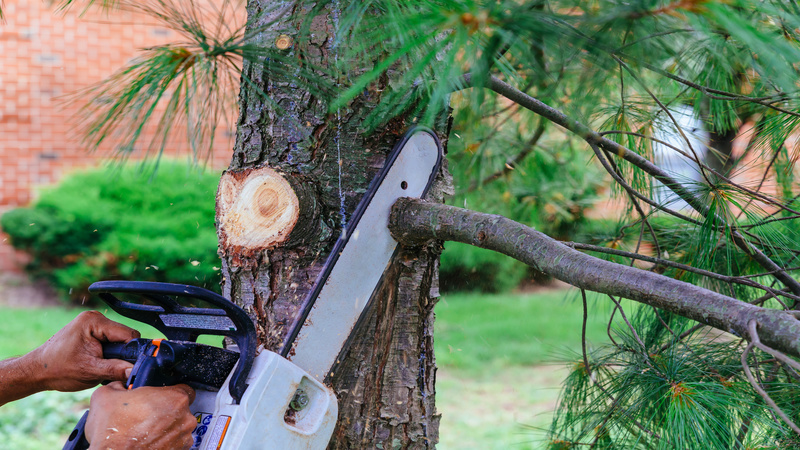When you think of a crane, you may picture giant machines that can stand hundreds of feet tall. However, most cranes are not so noticeable but still do incredibly important work. Like all equipment, cranes are made to do a job, and most jobs won’t need behemoths. Crane manufacturers in Austin, TX, know that. That is why cranes come in smaller sizes, too. Depending on what exactly you are building, repairing or maintaining, the right crane could look quite different. Here are a few common types.
Jib Cranes
Having a horizontal member called a jib, this crane is popular for industrial and military uses. It is usually attached to the floor or a wall because the jib moves in a circle. When it is large, this machine can move pallets of supplies from one end of a job site to the other, and when it is small, it can move a box from one conveyor belt to another.
Gantry Cranes
These structures are shaped like a big table. They have a top and two sides, all made of straight lines. You’ll most likely find these in industrial auto or shipping yards because they are excellent for holding up automobiles and moving materials laterally. Of course, you could find monster gantry cranes in shipping yards moving those enormous shipping containers.
Bridge Cranes
Similar to gantry cranes, these machines are often shaped like bridges. What sets them apart is that they must be attached to a larger, permanent structure. Bridge cranes are usually attached overhead to a steel girder and used to move materials around buildings.
Crane Manufacturers in Austin, TX, have a lot of things to consider when building cranes. The above-listed types of cranes can come in many variations, including variations in design and size. When it comes to industrial processes, moving something relatively small three feet can sometimes be just as important as moving a building’s worth of supplies several hundred meters. That’s why it’s important to remember that cranes come in all sizes.

